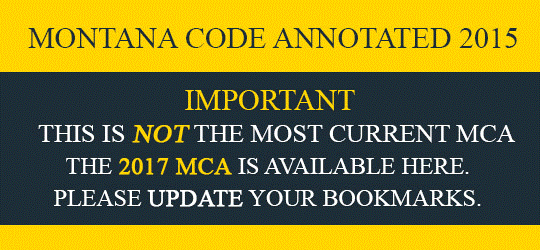



10-3-302. Declaration of emergency -- effect and termination. (1) A state of emergency may be declared by the governor when the governor determines that an emergency as defined in 10-3-103 exists.
(2) An executive order or proclamation of a state of emergency activates the emergency response and disaster preparation aspects of the state disaster and emergency plan and program applicable to the political subdivision or area and is authority for the deployment and use of any forces to which the plans apply and for the distribution and use of any supplies, equipment, and materials and facilities assembled, stockpiled, or arranged to be made available pursuant to parts 1 through 4 of this chapter or any other provision of law pertaining to disasters and disaster-related emergencies. An executive order or proclamation may authorize the practice of disaster medicine. The provisions of 10-3-110 do not apply to the state of emergency unless the order or proclamation includes a provision authorizing the practice of disaster medicine.
(3) A state of emergency may not continue for longer than 20 days unless continuing conditions of the state of emergency exist, which must be determined by a declaration of an emergency by the president of the United States or by a declaration of the legislature by joint resolution of continuing conditions of the state of emergency.
History: En. Sec. 6, Ch. 218, L. 1951; Sec. 77-1306, R.C.M. 1947; amd. and redes. 77-2304 by Sec. 11, Ch. 94, L. 1974; amd. Sec. 6, Ch. 335, L. 1977; R.C.M. 1947, 77-2304(4); amd. Sec. 19, Ch. 56, L. 2009; amd. Sec. 4, Ch. 255, L. 2009.
